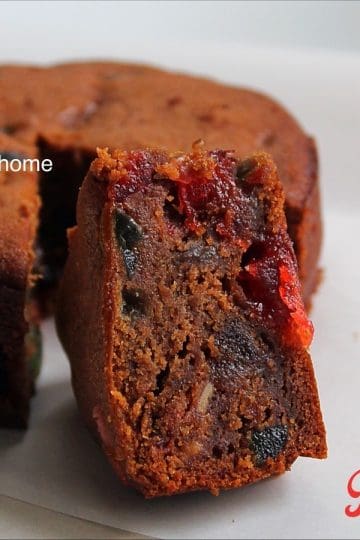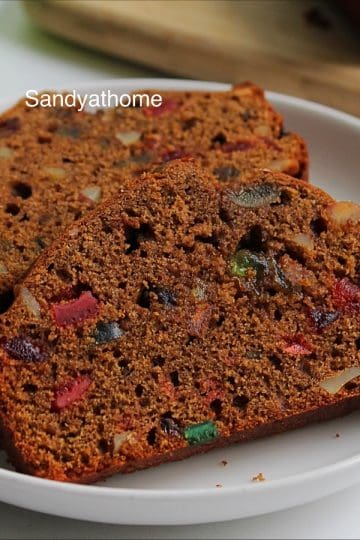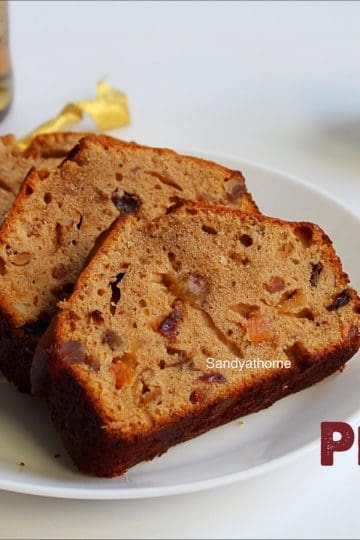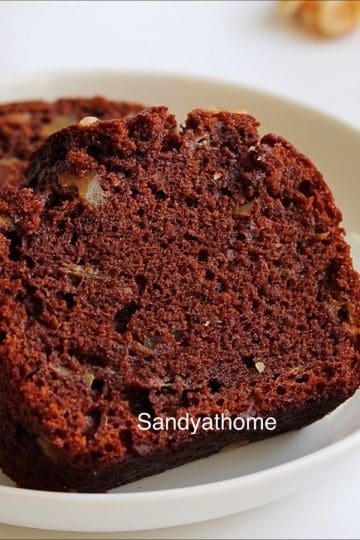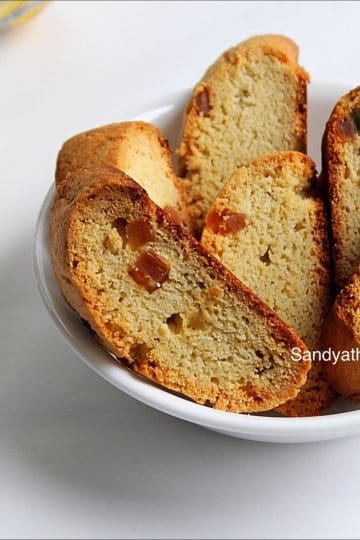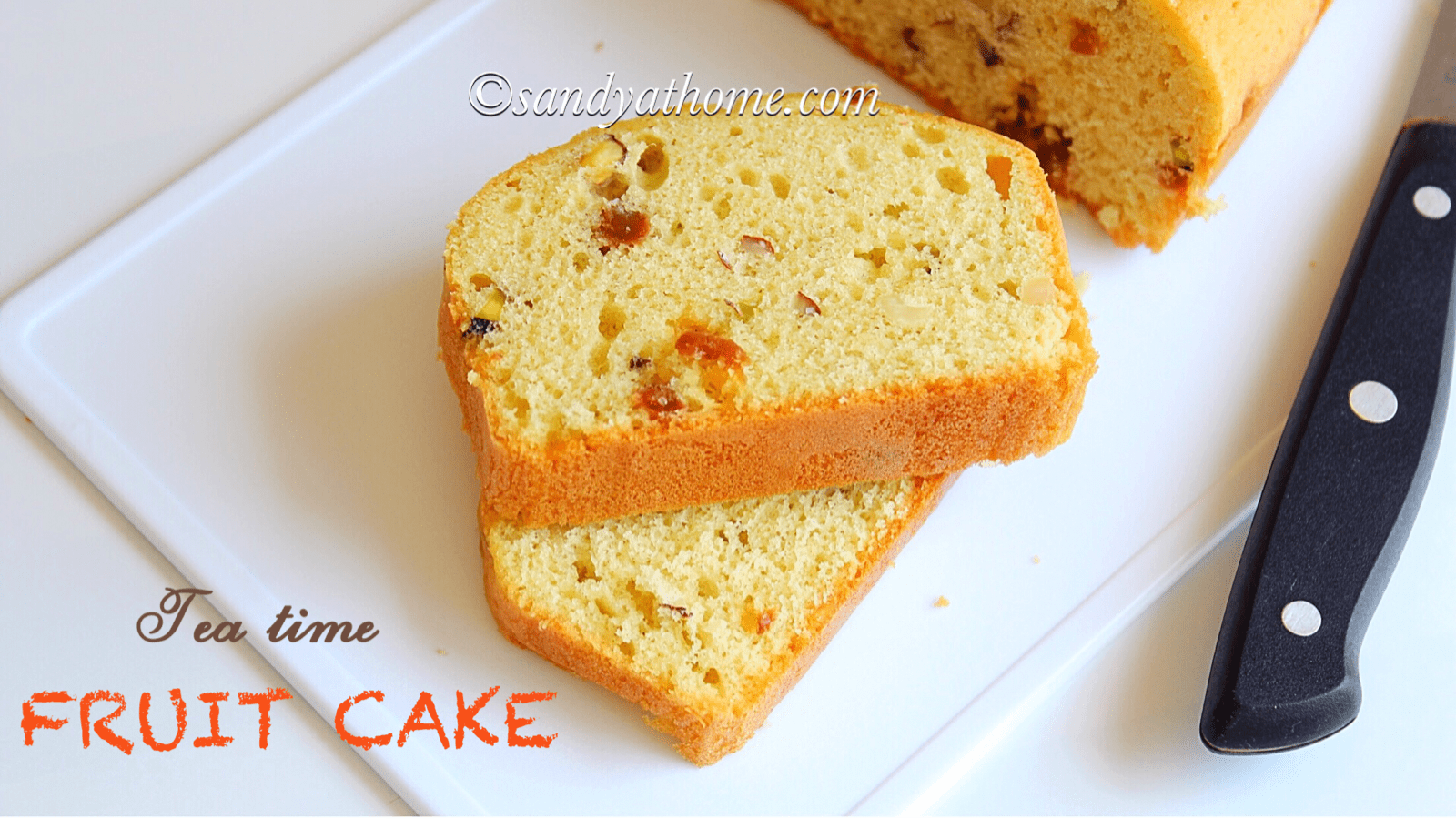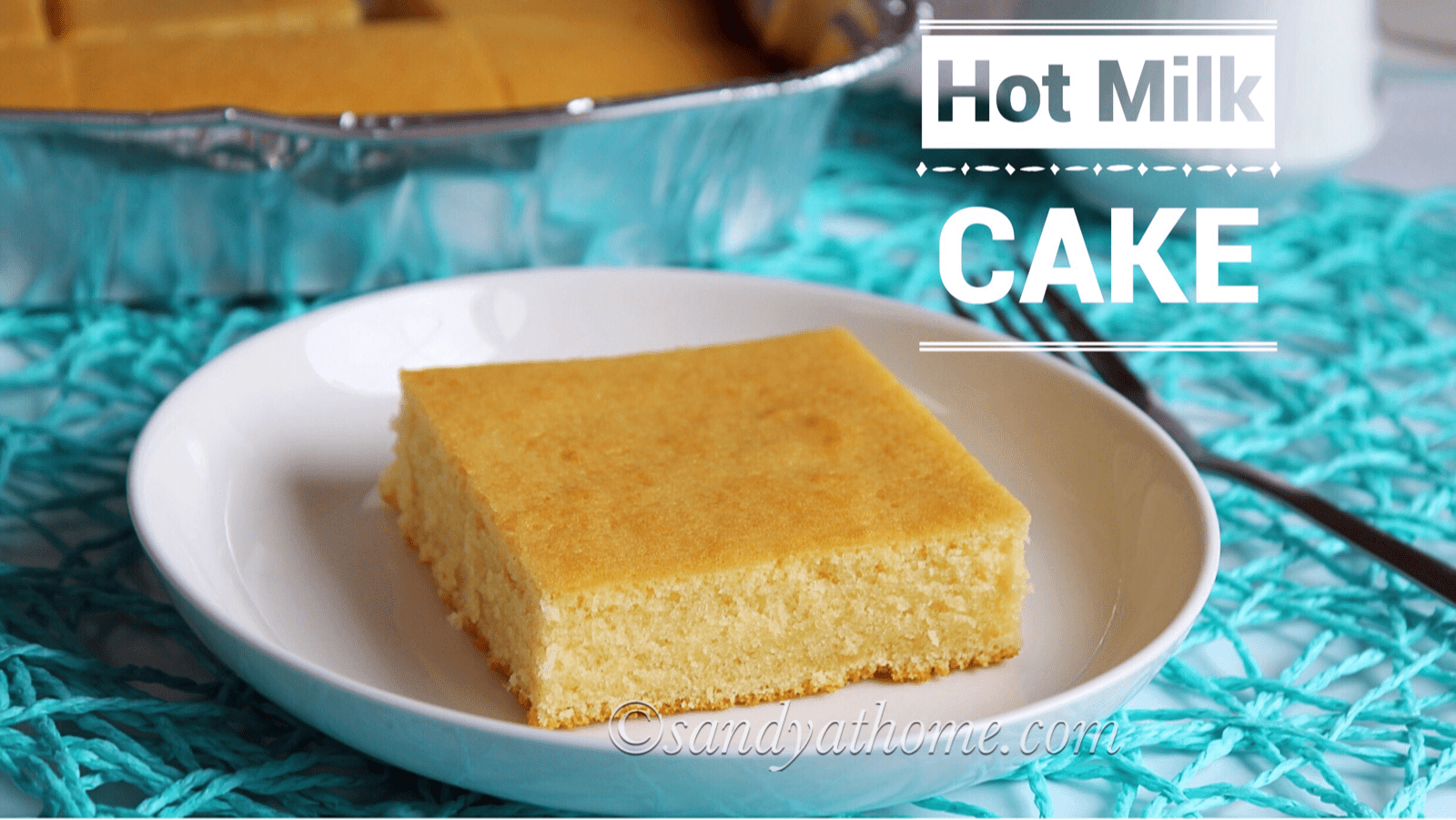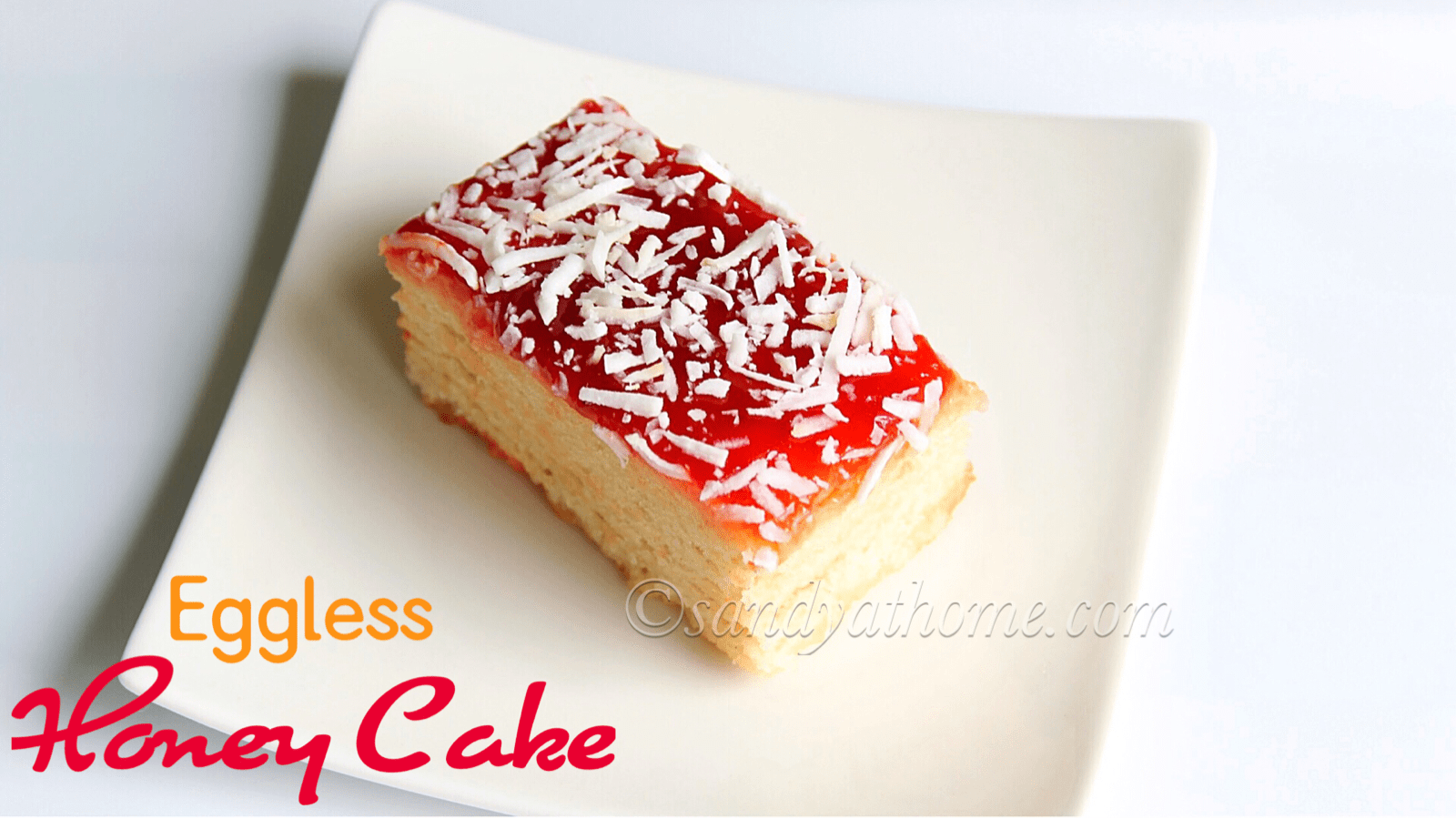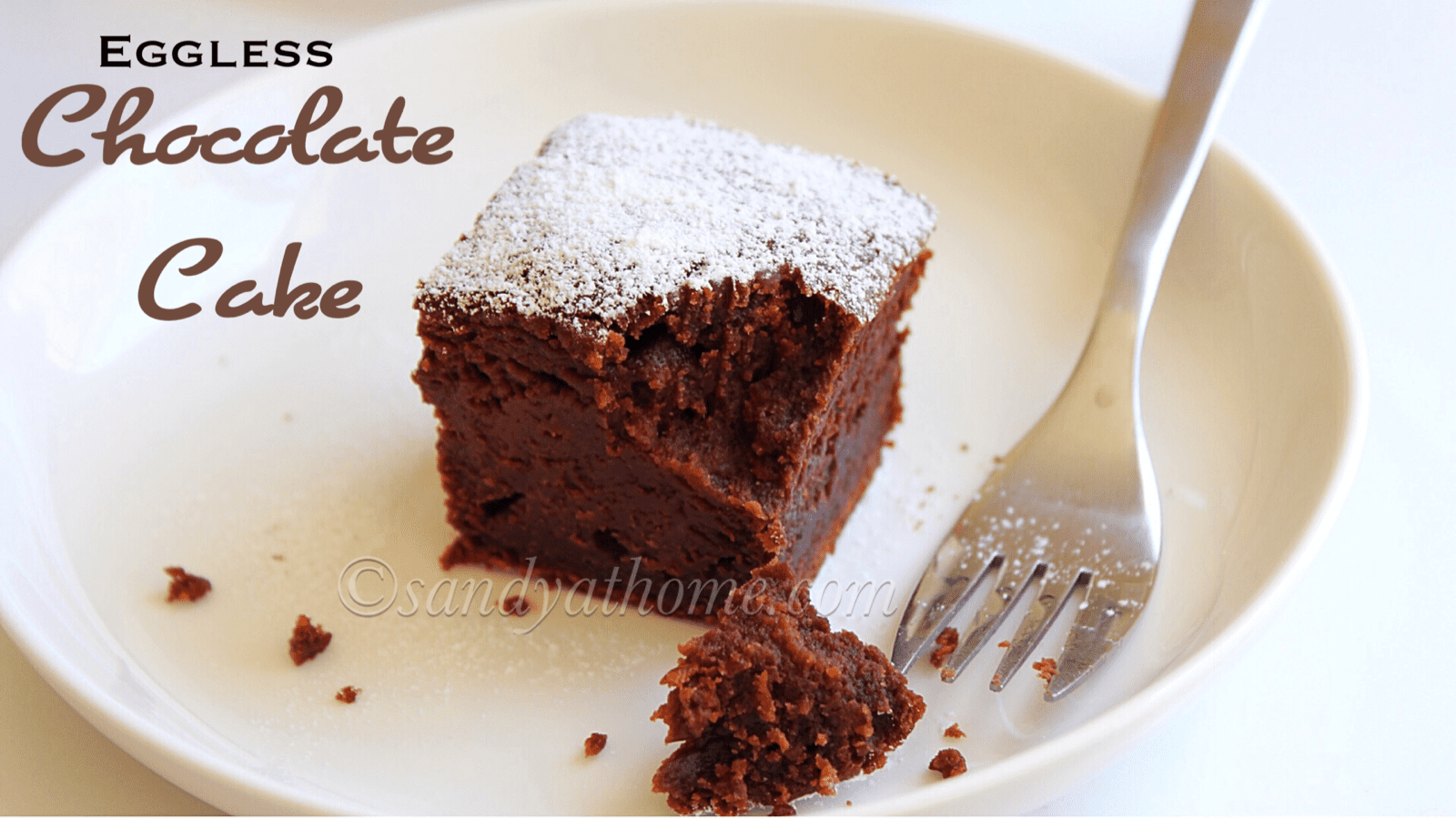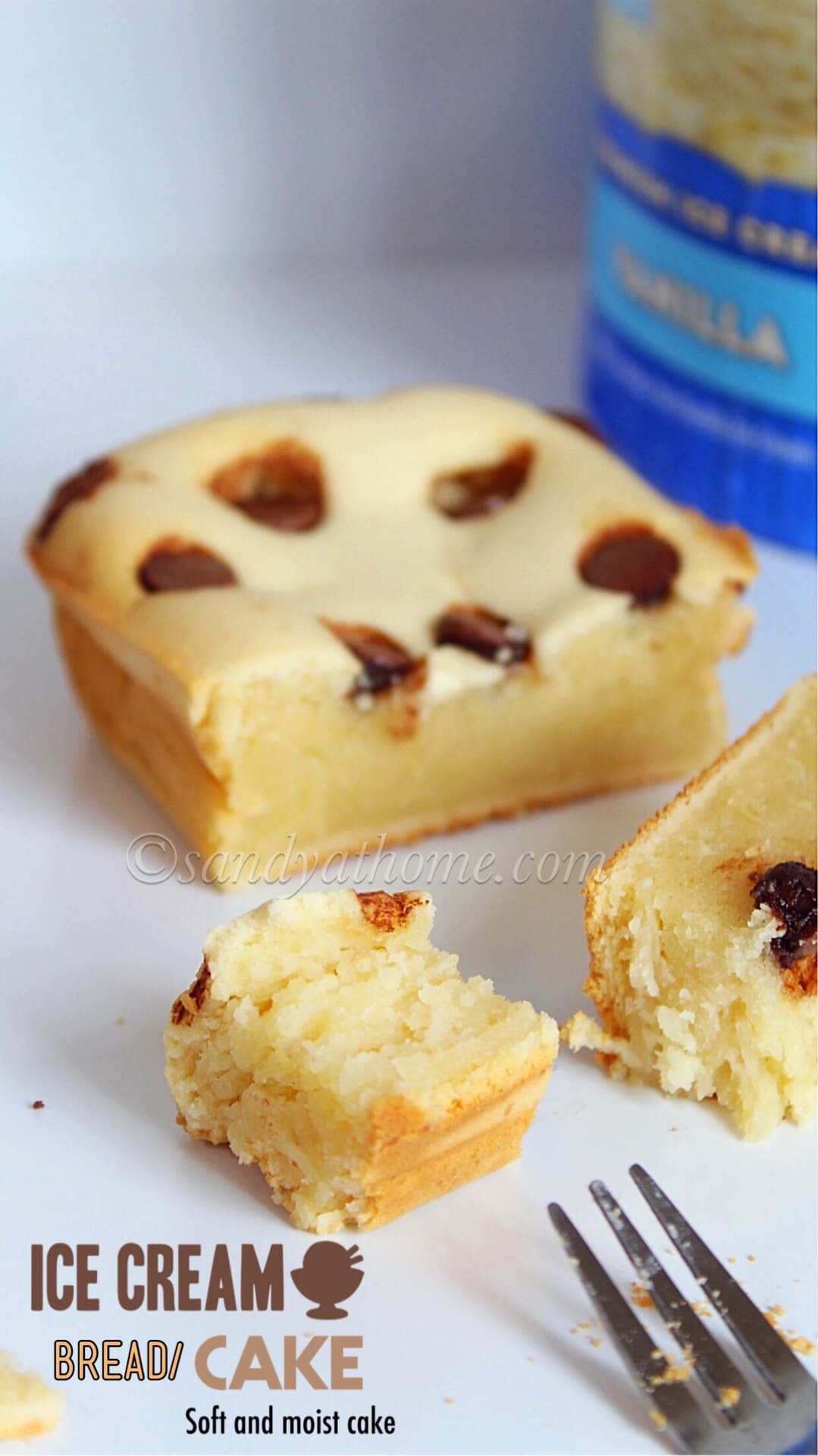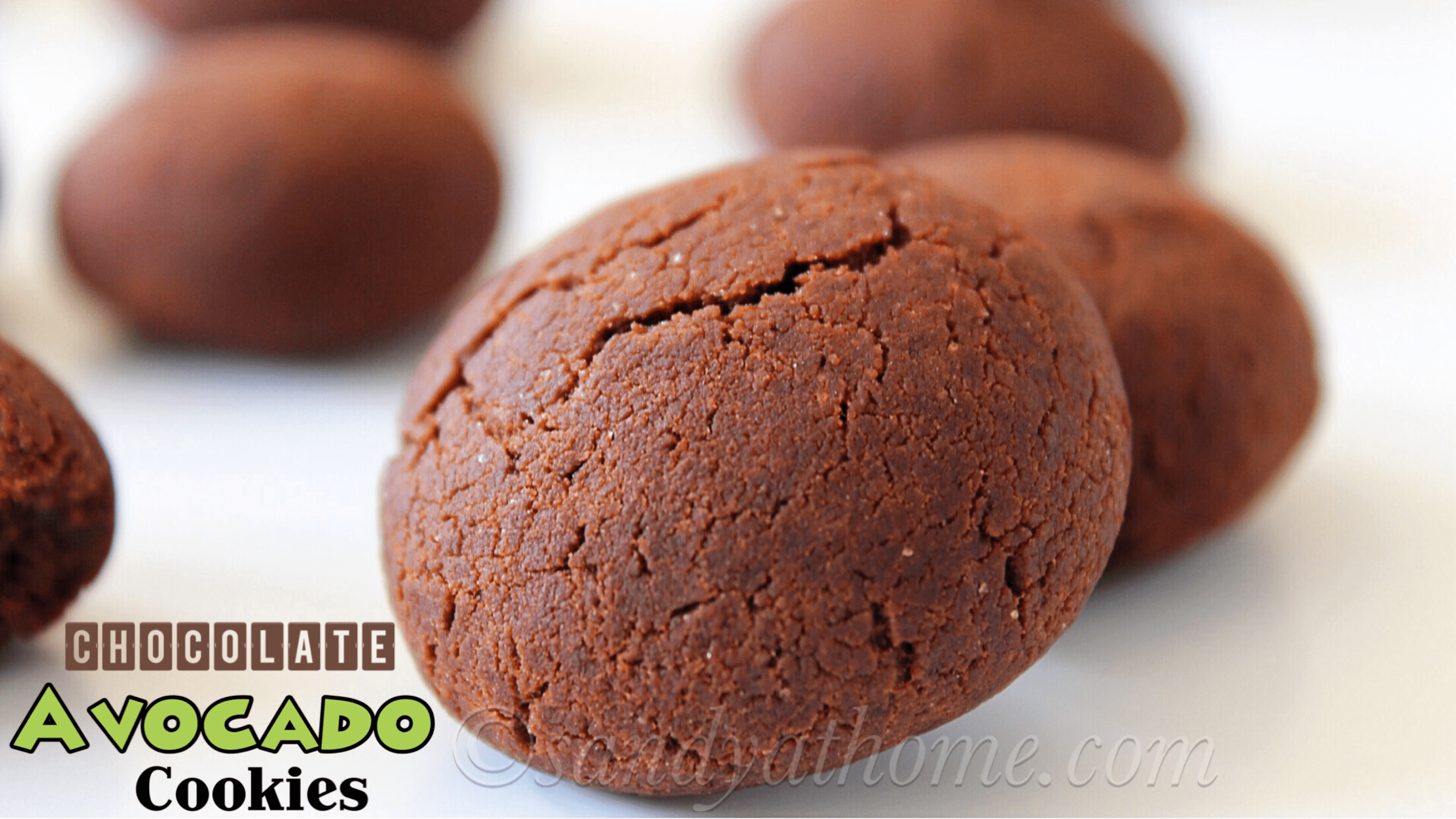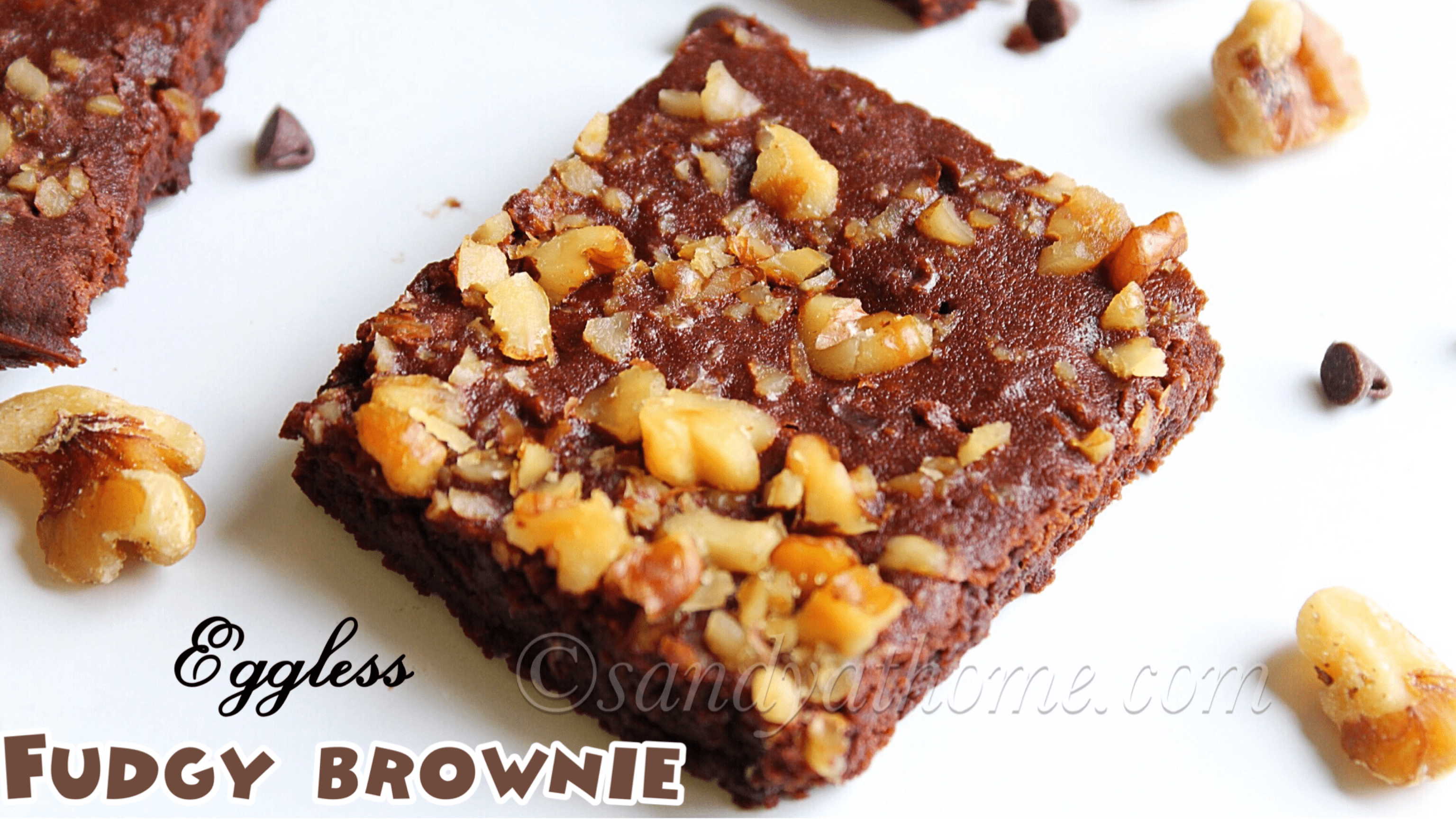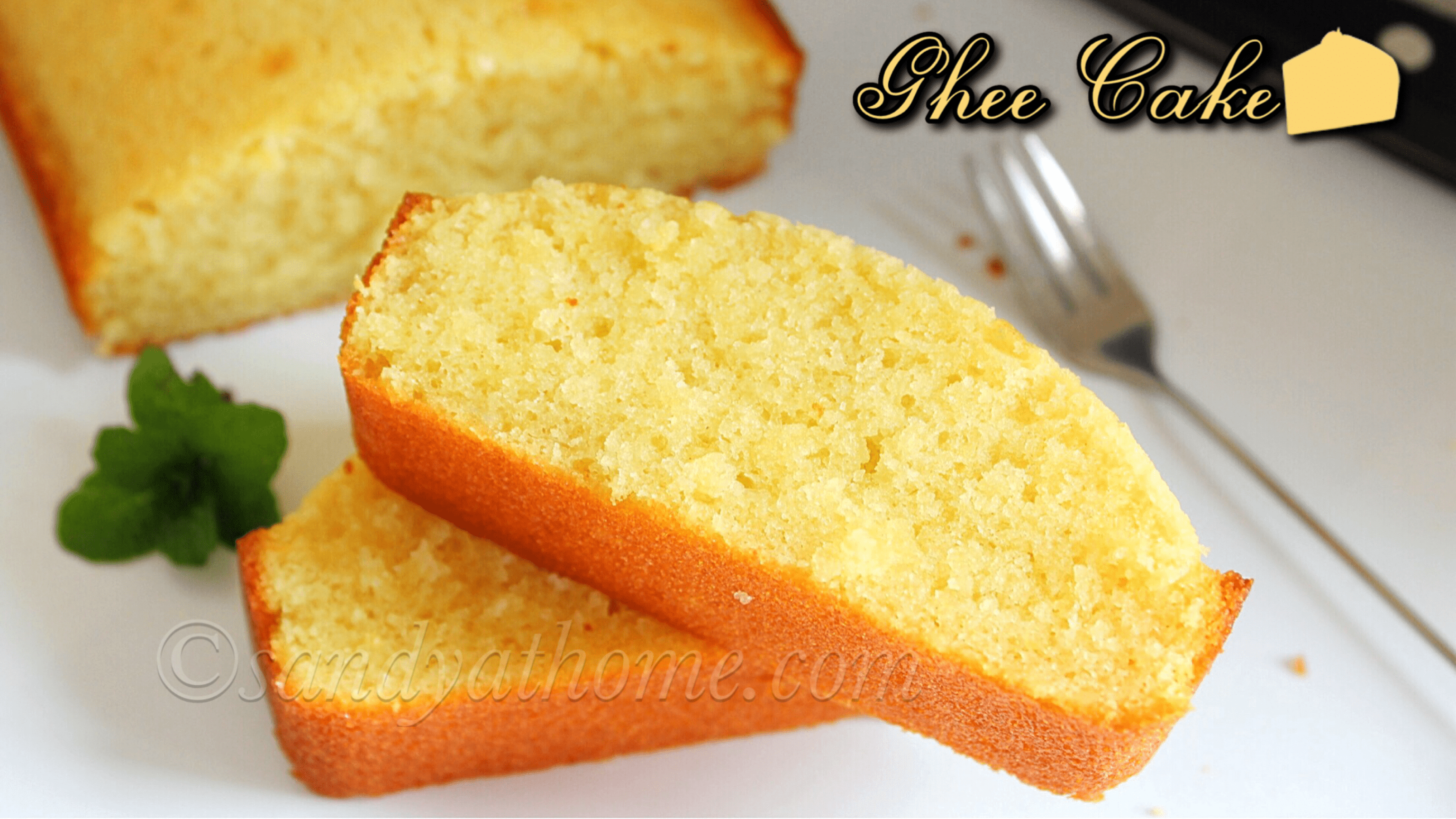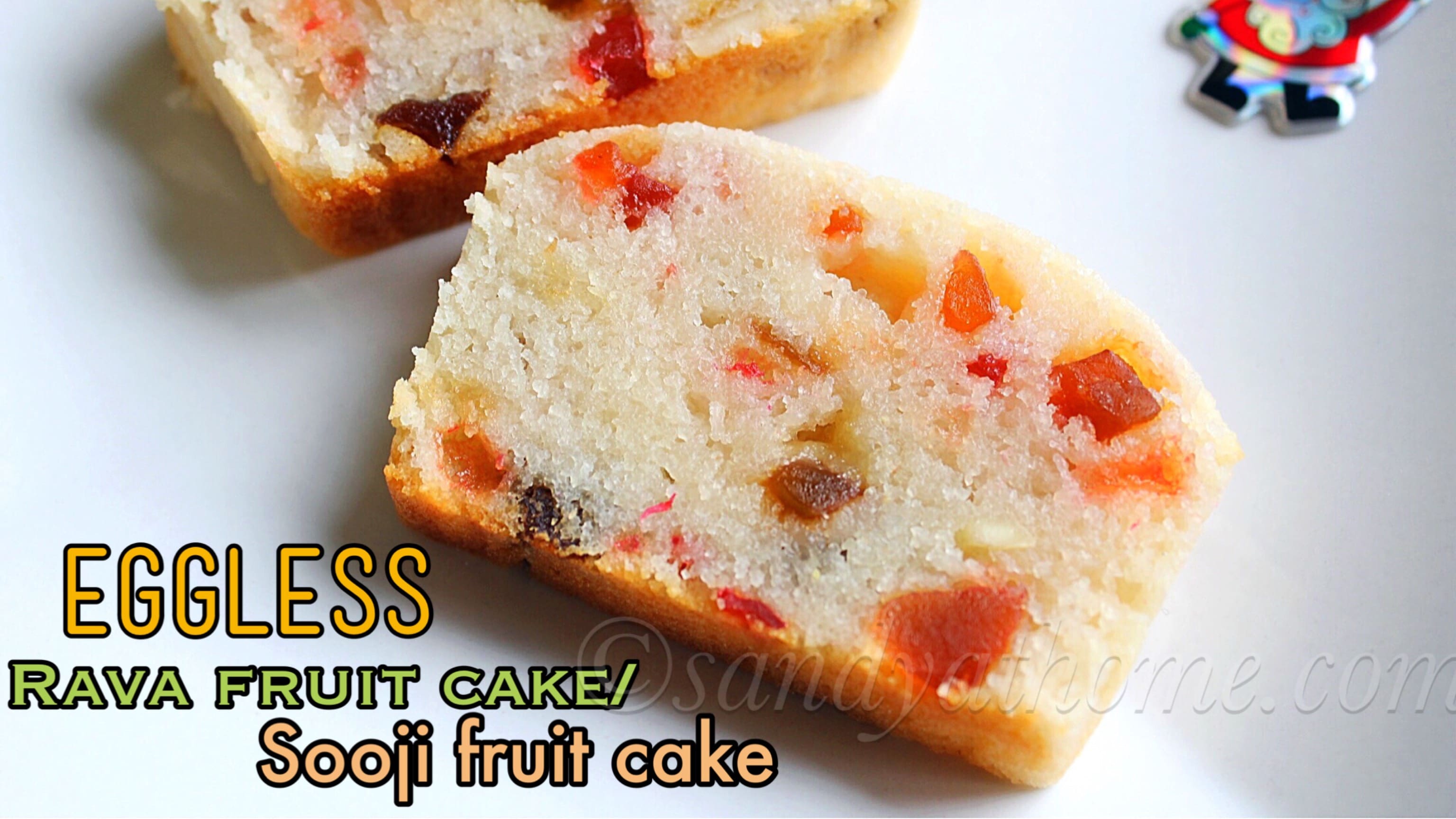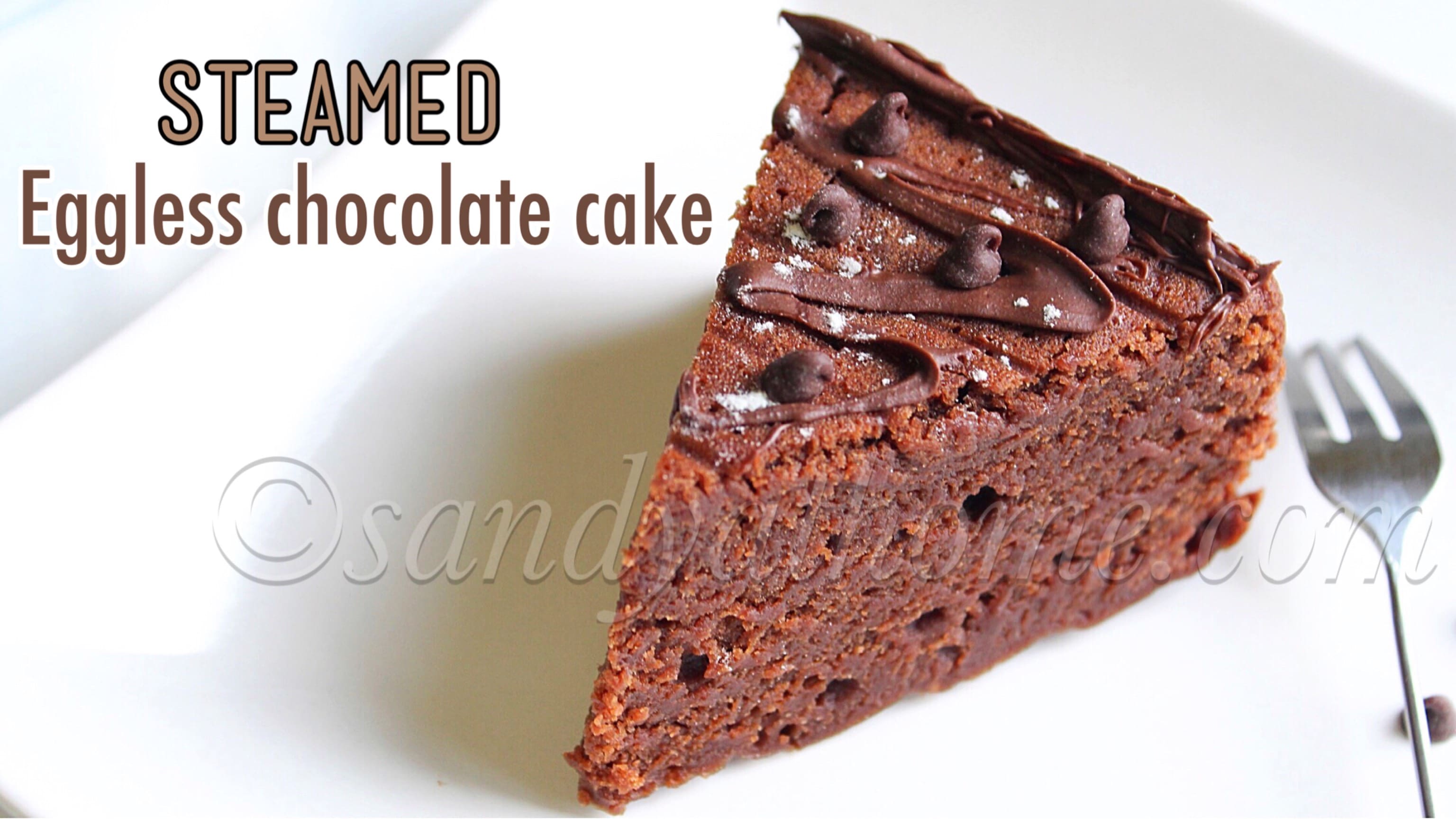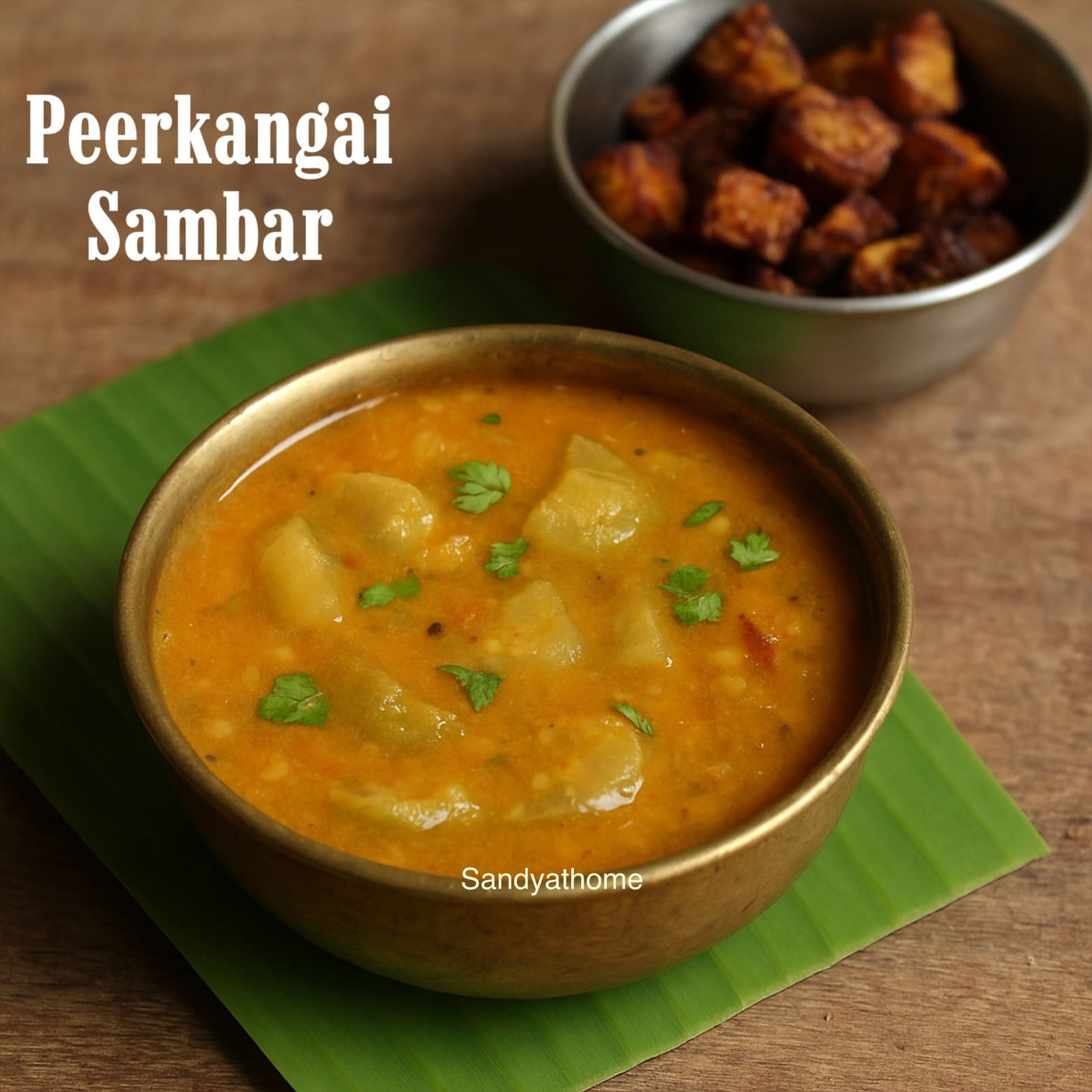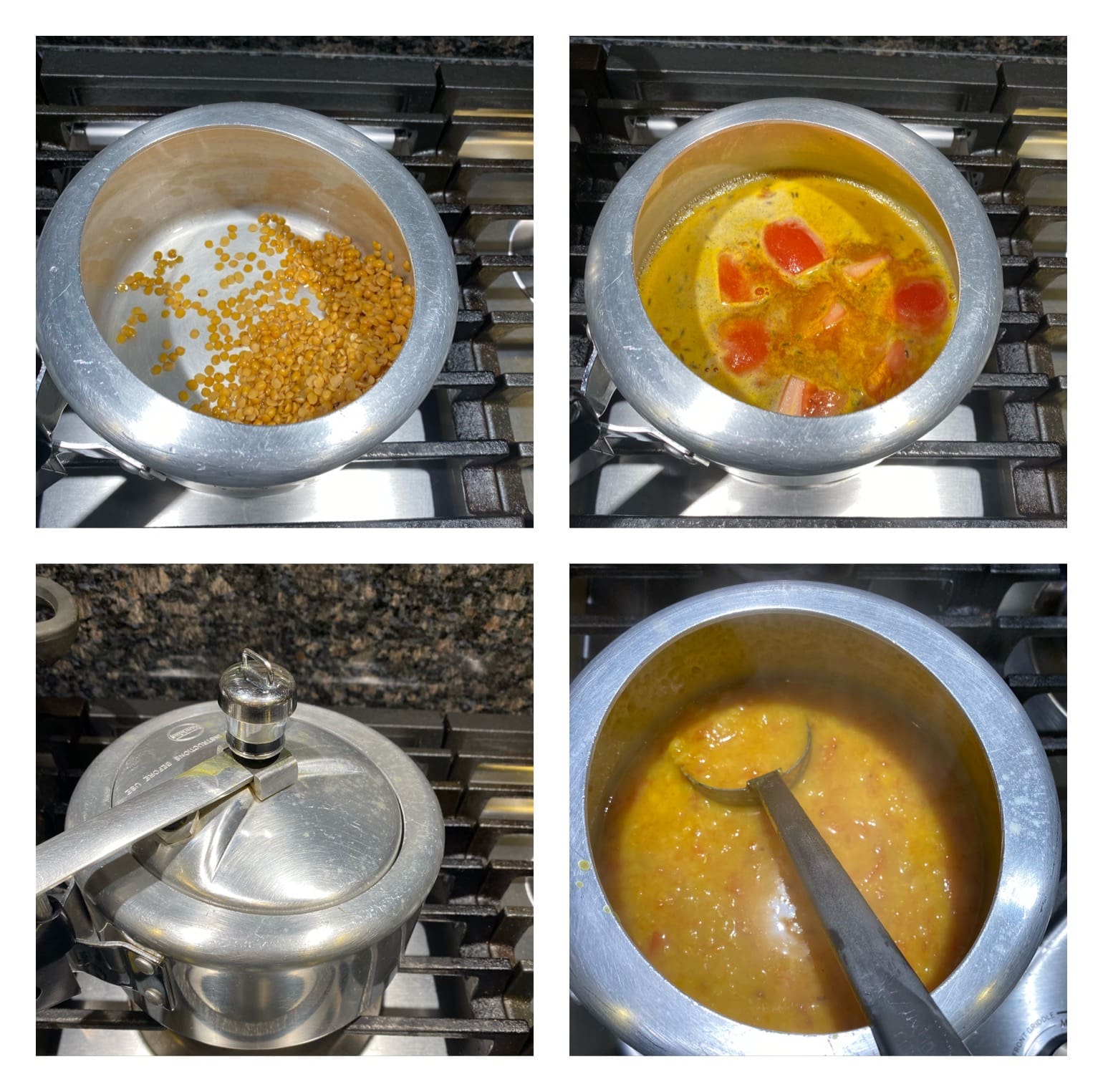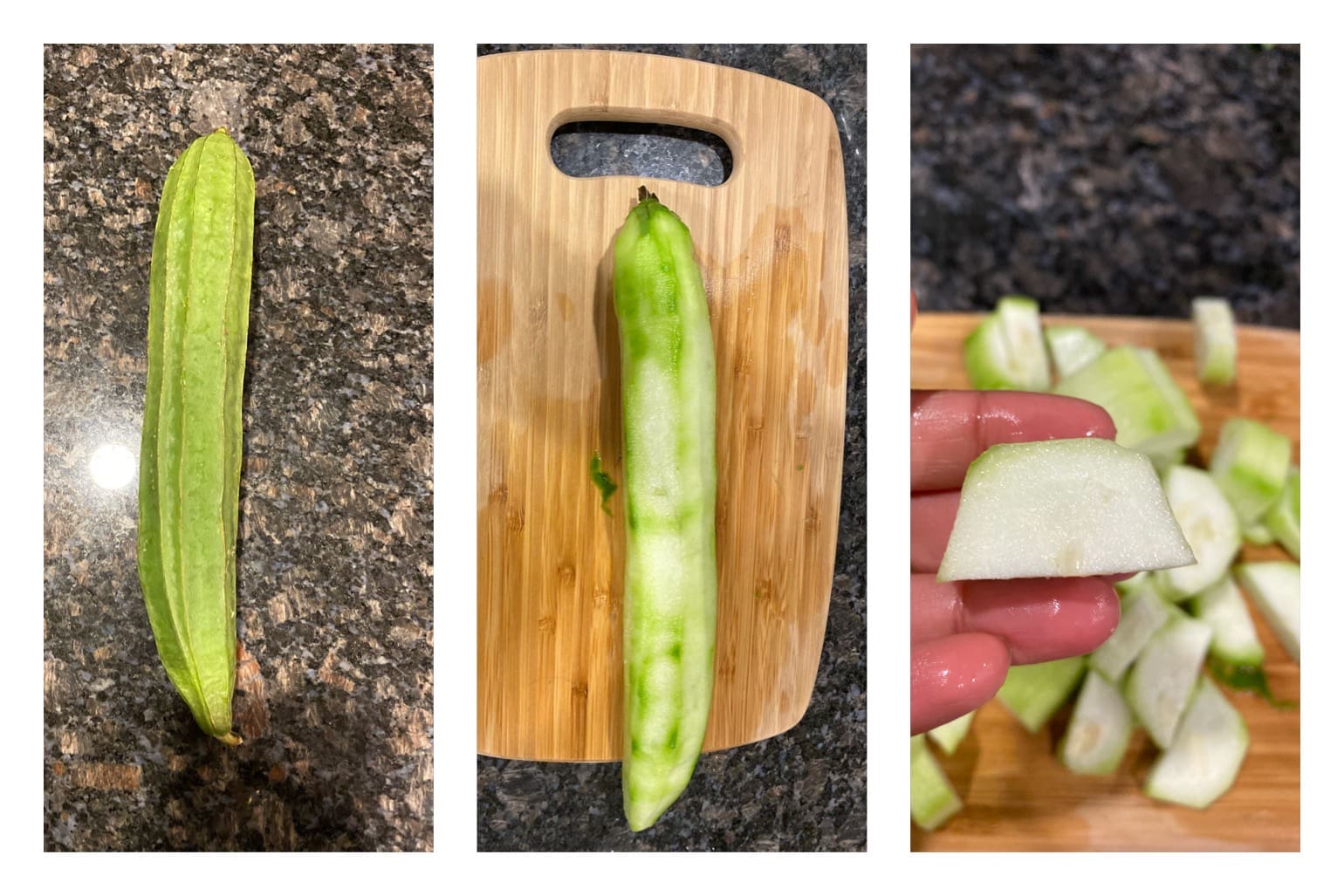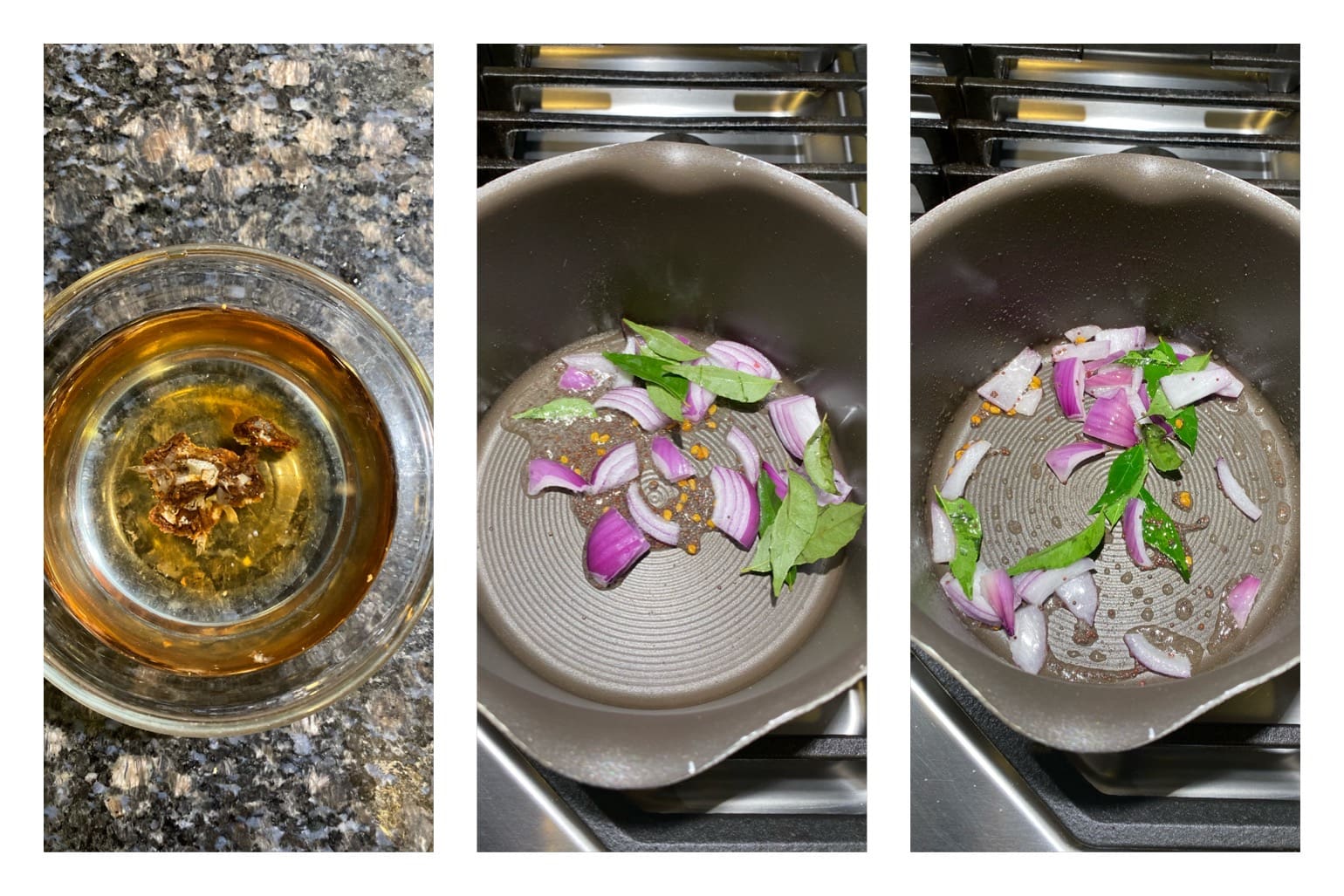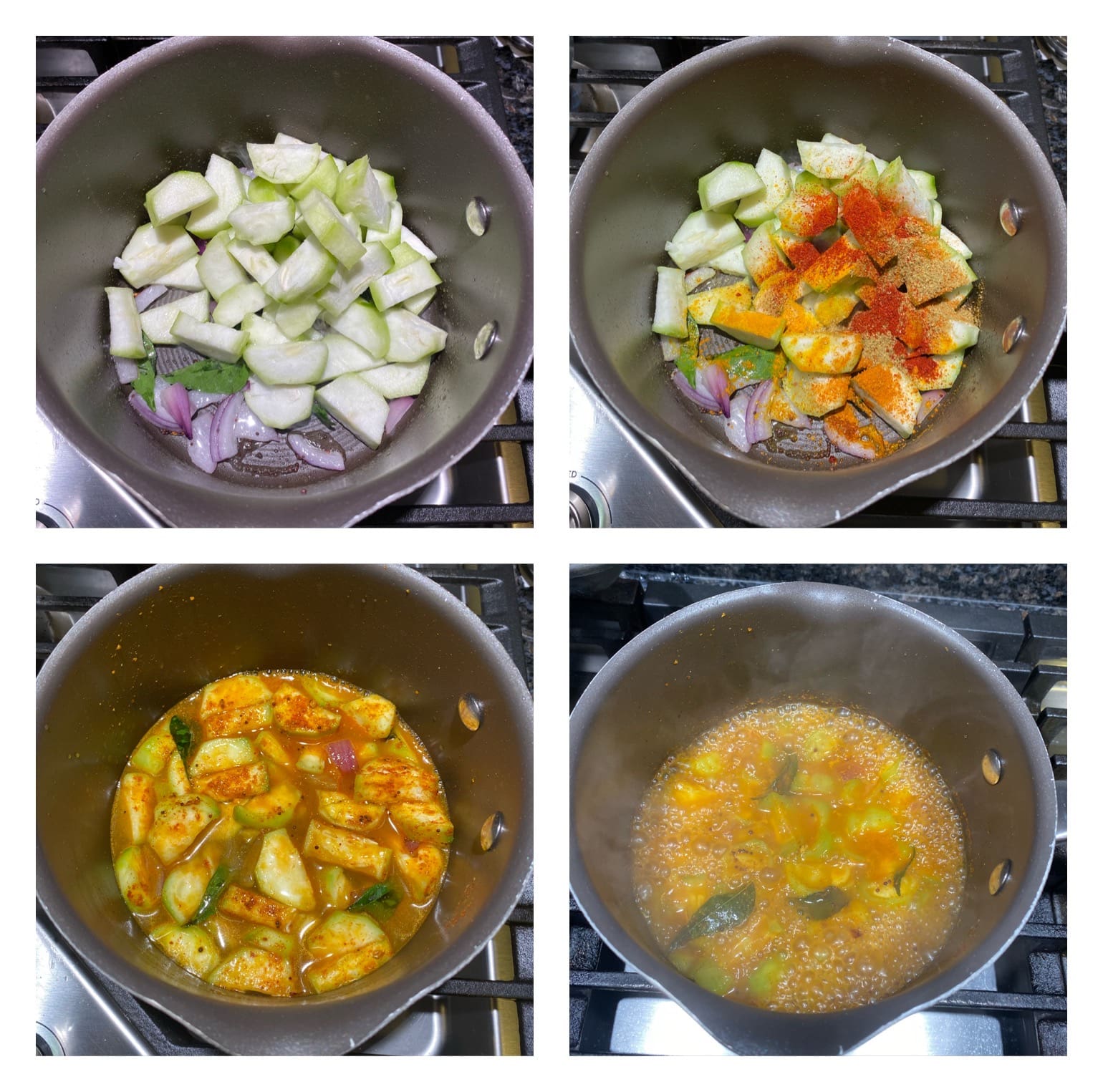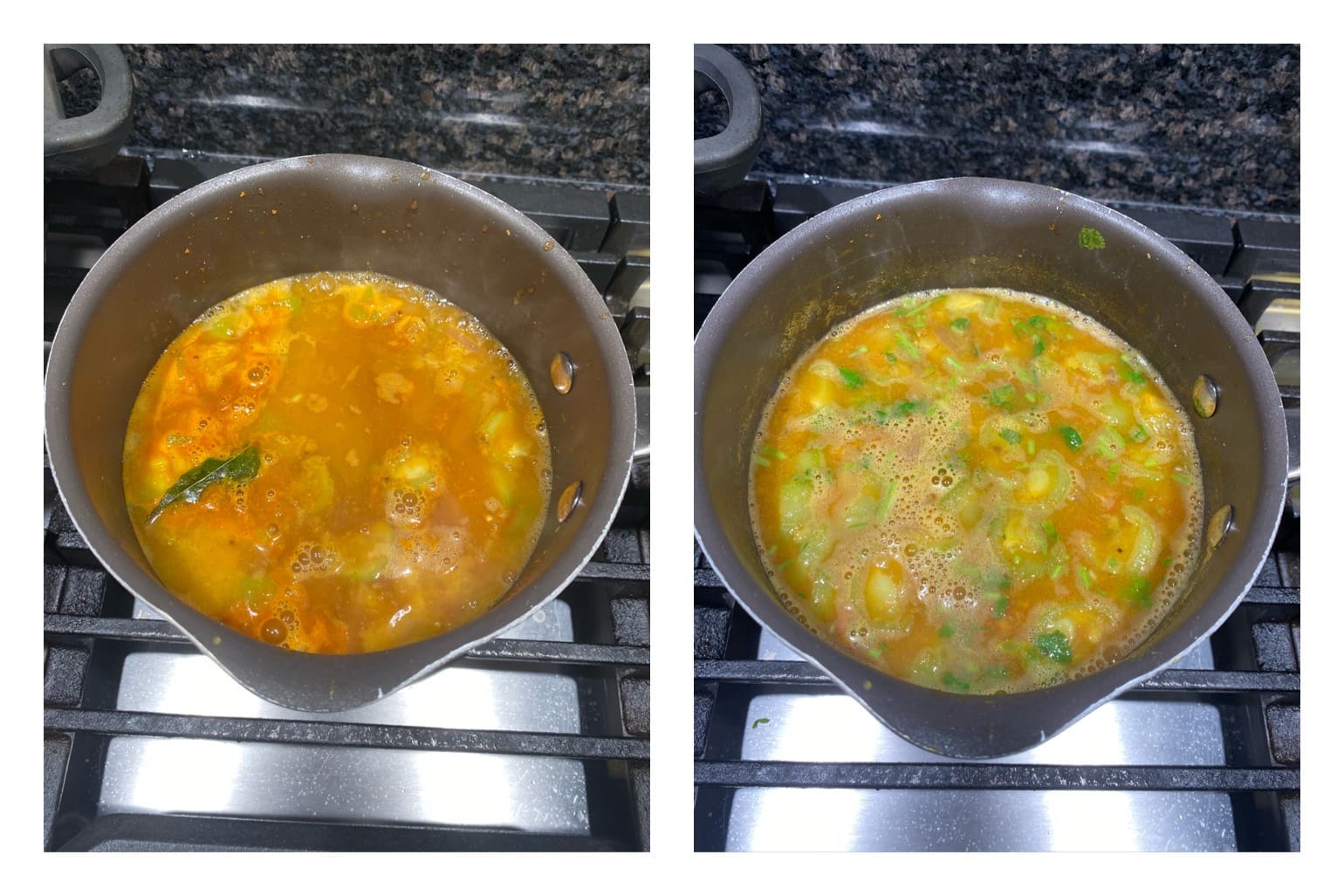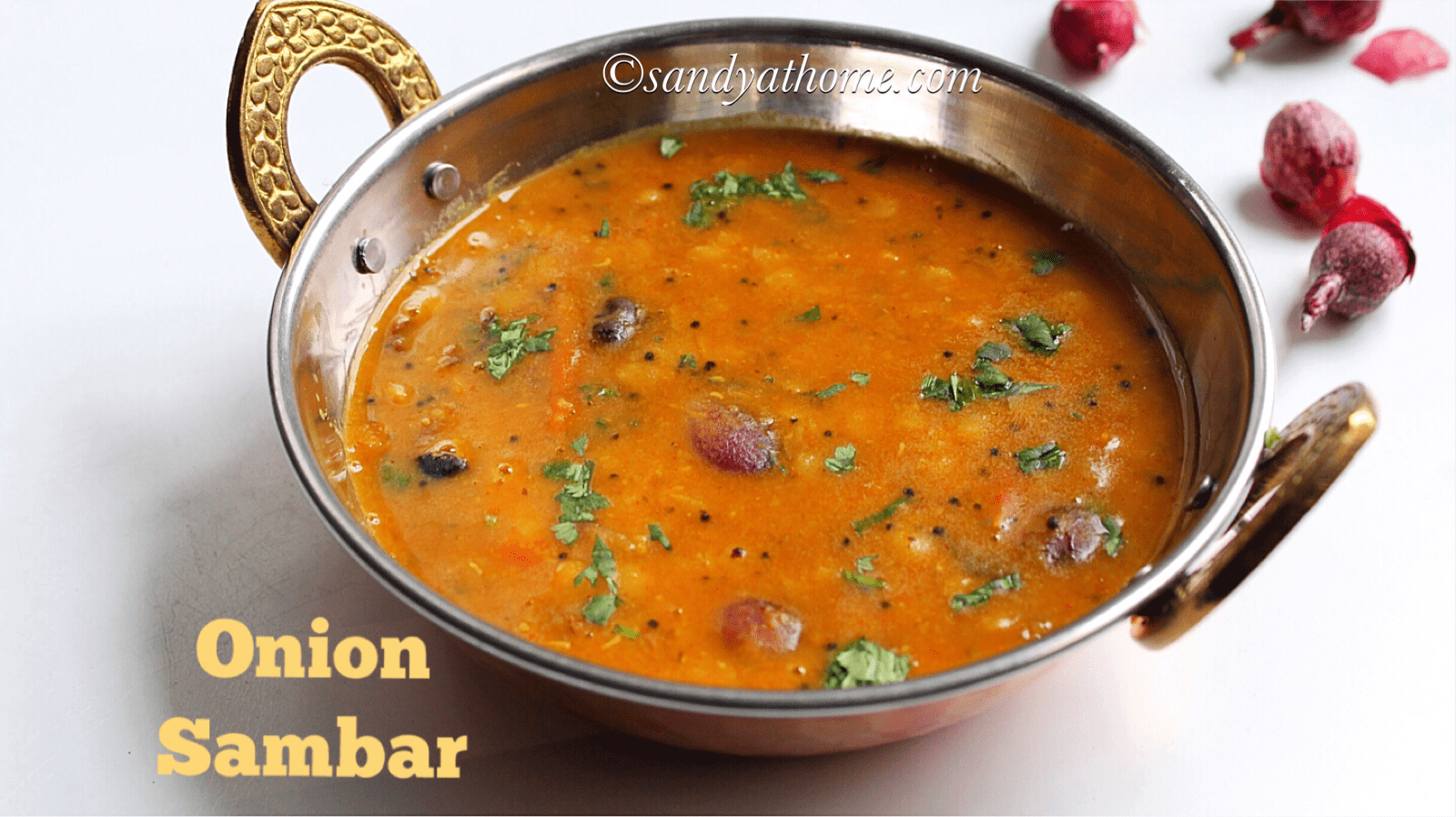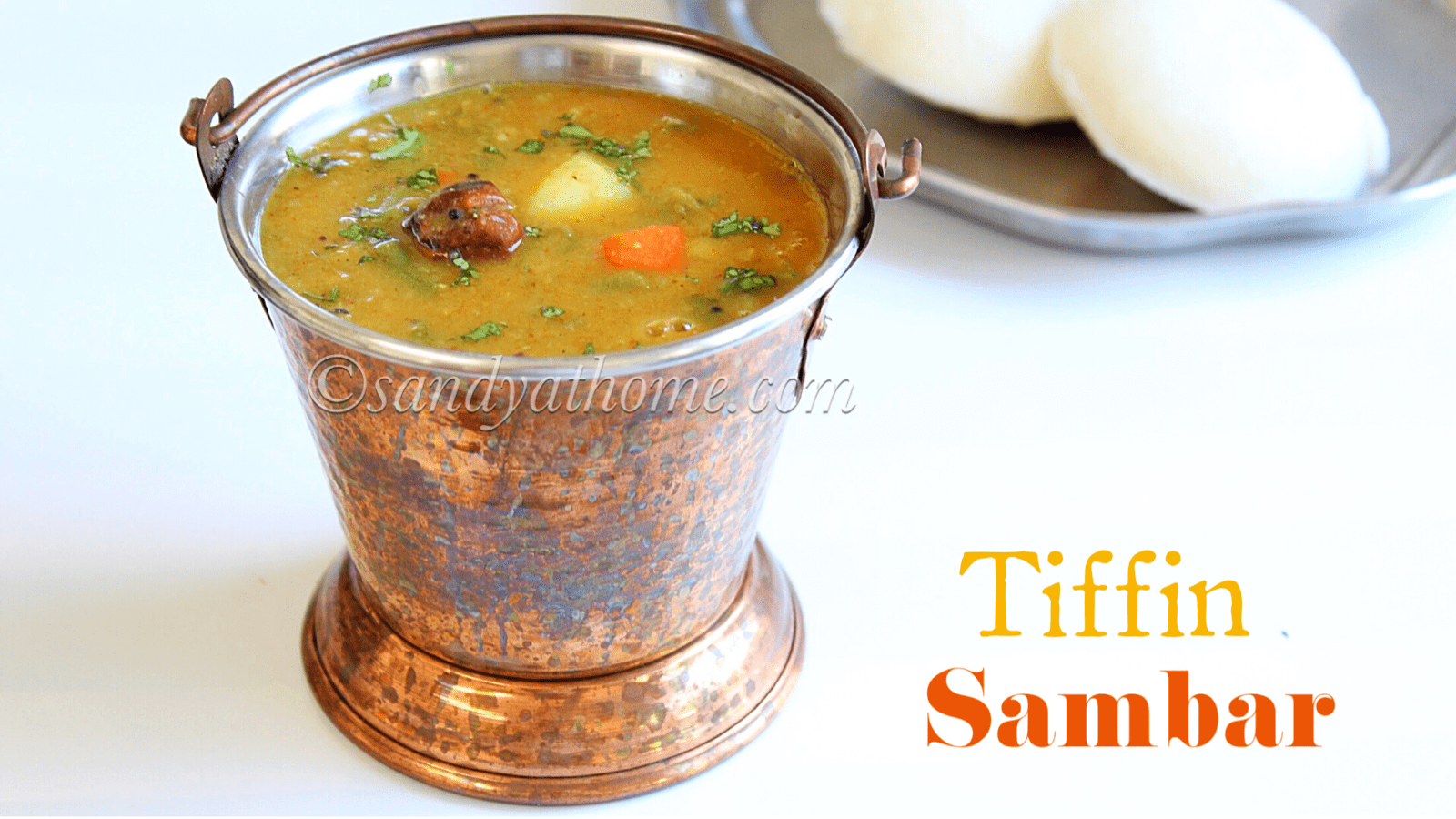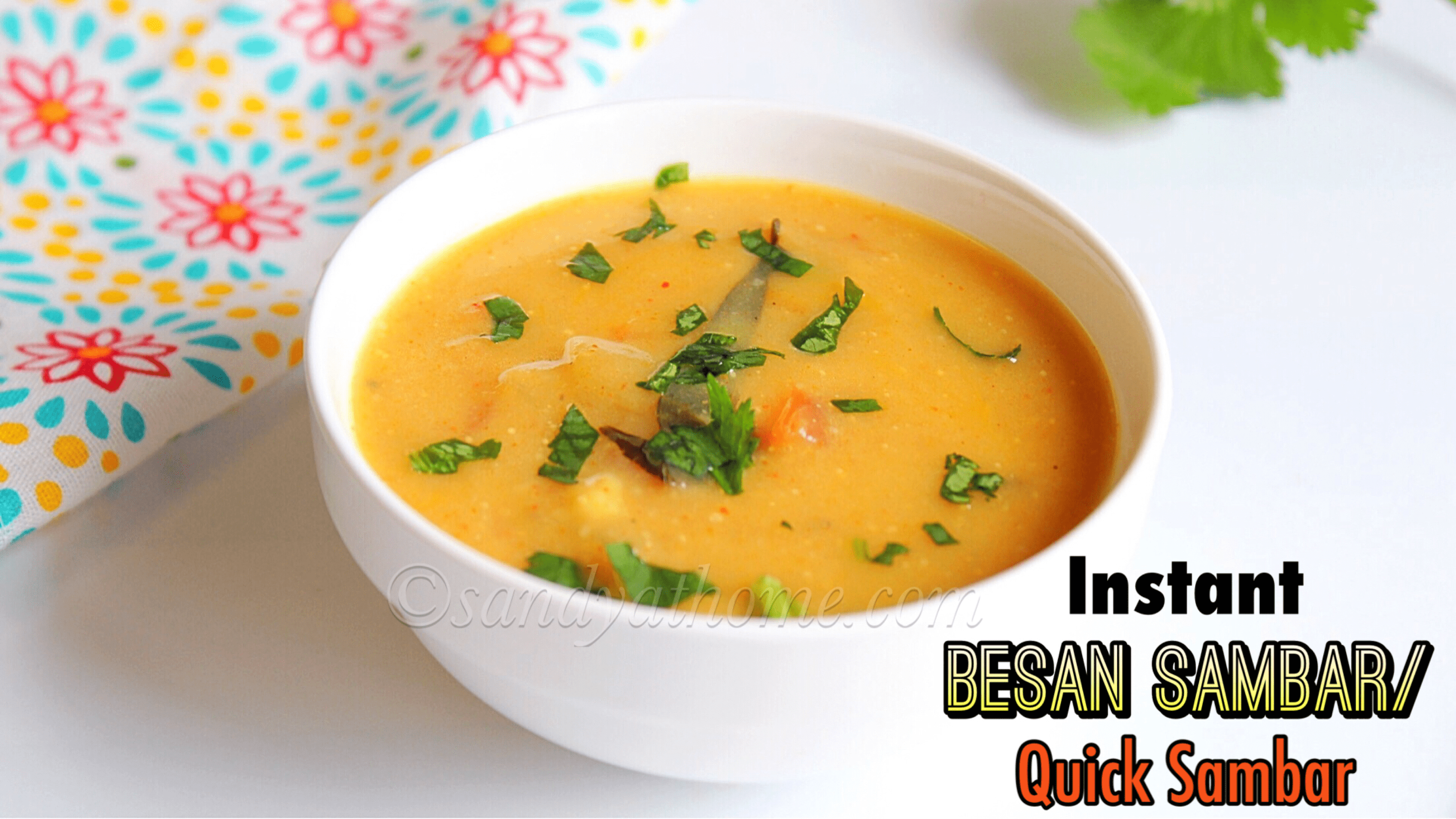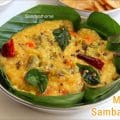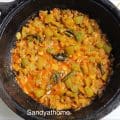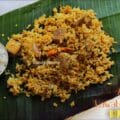A Slice of My Kitchen Memory
Sambar is a regular affair in every Tamil kitchen. But Peerkangai Sambar—that wasn’t always on my radar. I first tasted it in a cozy Indian restaurant tucked away in the corner of a busy street. One spoon of that sambar with soft ridge gourd pieces in it, and I was instantly transported. It was mellow, slightly tangy, and comforting. The texture of the gourd paired so well with dal that I knew I had to try it at home.
When I made it with our everyday sambar base—toor dal, tamarind, and our trusty sambar powder—it became a new family favorite. Now, it’s one of the quickest sambars I whip up when I need something wholesome but fuss-free. Bonus? You get a two-in-one deal with this veggie—make a tasty peerkangai thogayal with the peel the next day!
Jump to RecipeA Bite of History: Ridge Gourd in Tamil Kitchens
Ridge gourd, or Peerkangai (பீர்கங்காய்), has long held a place in Tamil kitchens—not just for its light taste but also for its cooling and digestive properties. It was traditionally used in kootu, poriyal, and thuvaiyal, especially during hot months. But Peerkangai Sambar as a standalone dish is relatively modern in concept—likely a regional adaptation influenced by restaurant-style mixed vegetable sambars that became common in the 1980s and ’90s.
While classic Tamil sambar used seasonal vegetables like murungakkai (drumstick), vellarikai and thakkali (tomato), ridge gourd entered the sambar scene as a gentle, fast-cooking alternative for busy home cooks. Its quick-cooking nature and ability to absorb spices well made it a hit with working women in urban Tamil households during the early wave of dual-income homes.
Ridge gourd is also one of those vegetables where nothing goes to waste—the peel was revered in grandmother’s kitchens, often turned into a rustic thogayal and served with hot kanji or idli. In fact, this zero-waste philosophy is something Tamil cuisine mastered generations ago.
So this sambar isn’t just a recipe—it’s a revival of the sustainable, sensible cooking our ancestors practiced, where even the humblest gourd was treated with love and reverence.
Ingredients & Their Roles in Peerkangai Sambar
| Ingredient | Role in the Recipe |
|---|---|
| Toor dal | Forms the base of the sambar, adding creaminess, protein, and body. |
| Tomato | Adds gentle tang and soft texture to balance the dal. |
| Cumin seeds | Enhances digestion and adds a warm, earthy flavor to the dal while cooking. |
| Turmeric powder | Offers color, healing properties, and mild bitterness that rounds out the flavors. |
| Tamarind | Brings a signature tartness to the sambar; ties all the spice flavors together. |
| Ridge gourd (Peerkangai) | The star vegetable—mild, juicy, and quick-cooking, perfect for soaking up sambar spices. |
| Onion | Adds sweetness and depth when sautéed; balances the heat. |
| Red chilli powder | Provides heat and color. |
| Coriander powder | Offers mild warmth and aromatic undertones. |
| Sambar powder | A blend of regional spices that gives sambar its authentic, signature taste. |
| Salt | Brings out the natural flavors of the dal and vegetables. |
| Coriander leaves | Fresh herbaceous finish that adds aroma and color. |
| Mustard seeds | Used for tempering—adds nuttiness and aroma as it splutters in hot oil. |
| Fenugreek seeds | Gives slight bitterness and depth to the tempering. |
| Curry leaves | Infuses the oil with classic South Indian fragrance. |
| Hing (asafoetida) | Aids digestion and adds umami to the tempering. |
| Oil (preferably sesame) | Medium for tempering, adds richness and enhances spice bloom. |
You May Also Like these Recipes:
Directions to make ridge gourd sambar with step by step images
- Cook the dal:
In a pressure cooker, add washed toor dal, chopped tomato, cumin seeds, turmeric powder, and about 1 cup water. Pressure cook for 3 whistles. Once pressure subsides, mash the dal well and set aside.
- Prep ridge gourd:
Wash and peel the ridge gourd. Reserve the peel for chutney. Chop the gourd into small cubes.
- Prepare tamarind extract and Prepare the tempering:
Soak tamarind in warm water and extract juice. Set aside.
Heat oil in a kadai. Once hot, add mustard seeds. When they begin to splutter, add fenugreek seeds, curry leaves, and chopped onions. Sauté until onions turn soft and translucent.
- Add ridge gourd, spices u0026 cook:
Add the chopped ridge gourd along with red chilli powder, sambar powder, and coriander powder. Mix well so the gourd is coated with spices. Pour in the tamarind extract and 1 cup water. Stir and let it boil for just a few minutes—ridge gourd cooks fast, so turn off the heat once it turns soft and slightly translucent.
- Add mashed dal Finish with garnish:
Once ridge gourd is soft, add the mashed dal. Stir well and allow to simmer for 2–3 minutes. Turn off heat and sprinkle chopped coriander leaves. Serve hot with rice, idli, dosa, or pongal.
Pro Tips
- Don’t discard the peel! Make ridge gourd chutney or thovayal the next day for breakfast.
- For extra flavor, add 1 tsp of jaggery while boiling the sambar to balance tanginess.
- Ridge gourd cooks quickly, so always add it after tempering—not during pressure cooking.
Serving Tips for Peerkangai Sambar
- Best with hot steamed rice topped with a drizzle of ghee and a side of appalam or poriyal like carrot or beans stir-fry.
- Pair it with idli or dosa for a comforting South Indian breakfast or dinner — it tastes surprisingly light and flavorful that way too.
- Add a spoon of gingelly oil while serving with rice for extra aroma and depth, just like how grandmothers do.
- If serving in a full meal, follow it with a simple buttermilk or rasam to complete the experience.
- Don’t forget to make ridge gourd peel chutney (thogayal) the next morning with leftover peels — it’s a brilliant breakfast combo with idli or kanji.
- or festive touch, serve in a banana leaf or brass plate with cooked rice, sambar, poriyal, pickle, and a small sweet on the side.
FAQ – Peerkangai Sambar
Yes! Use a small tomato for tang and skip tamarind for a milder version.
Avoid it. It tends to overcook and lose shape. Add it after tempering for best texture.
Make a traditional chutney with coconut, red chillies, and ridge gourd peel sautéed in oil. It’s healthy and delicious!
Other Sambar Recipes
Chinna vengaya sambar, How to make onion sambar
Small onion sambar/ Shallots sambar/ Vengaya sambar / Pearl onion sambar call it by any name is known for its extreme deliciousness and is served with both breakfast and lunch….
Tiffin sambar recipe, Hotel style tiffin sambar
Tiffin sambar is a delicious and very flavorful sambar prepared specially to be served with dosa, idli, pongal, vada or any tiffin items. Tiffin sambar is usually prepared with carrot,…
Instant besan sambar recipe, Kadalai mavu sambar, Quick tiffin sambar recipe
Instant besan sambar/ Kadalai mavu sambar (in tamil) is a quick and easy version of tiffin sambar that can be accompanied with idli, dosa, rava upma, uttapam and so on….
Instant sambar recipe, Fried gram dal sambar, Tiffin sambar
Instant sambar/ Fried gram dal sambar is a really quick and easy to make sambar recipe which takes only 10 minutes to make and is an amazing replacer of regular…




